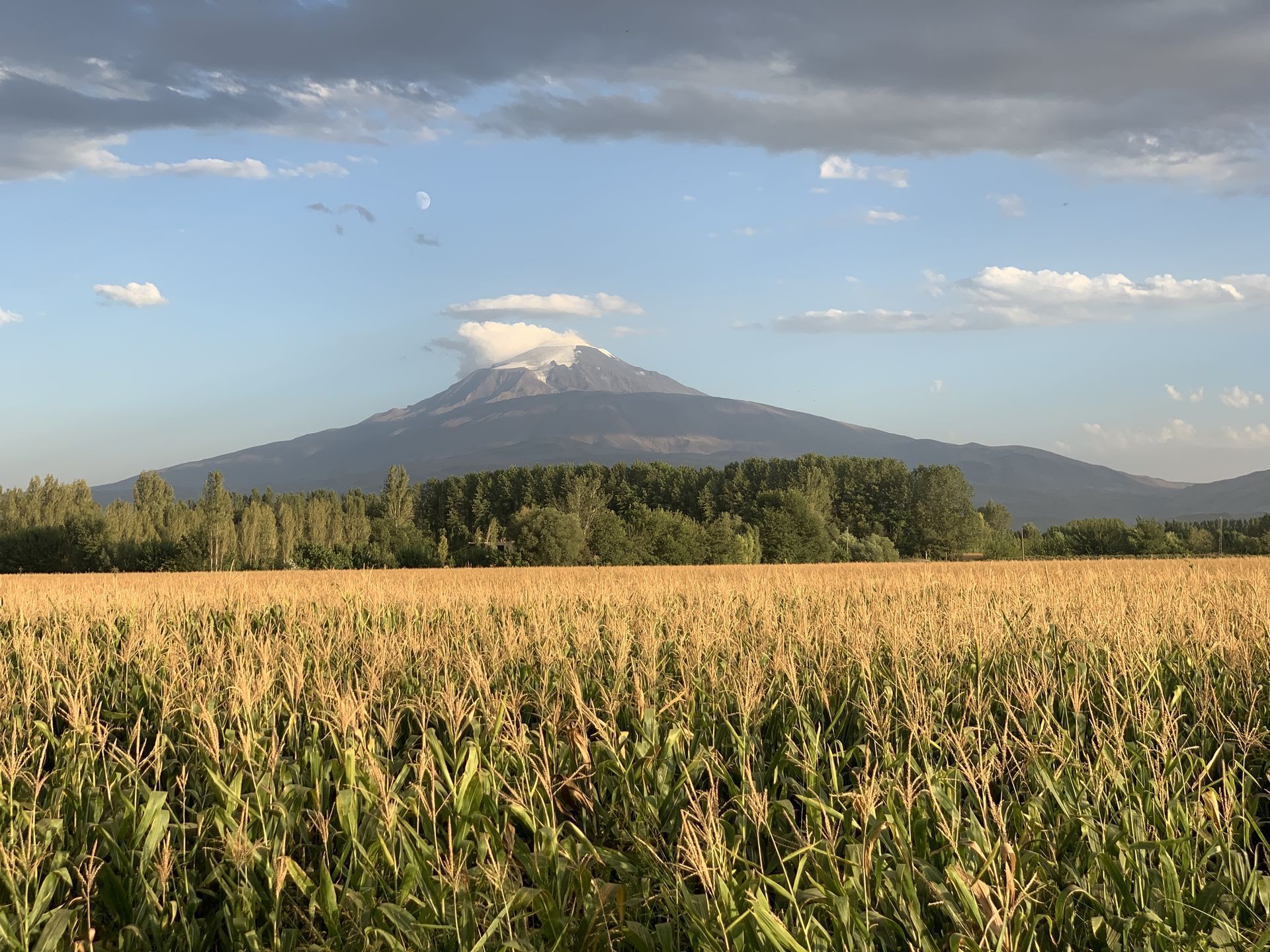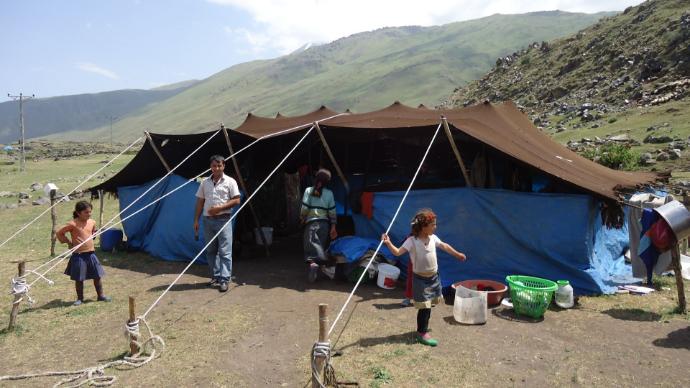Director’s Message
Tarih boyunca yalnızca fiziksel ihtişamıyla değil, sahip olduğu kültürel ve efsanevi anlamlarla da dikkat çeken Ağrı Dağı (Kürtçede: Çiyayê Agirî), insanlık hafızasında derin izler bırakmıştır. 19. yüzyıl öncesine uzanan dönemlerde bu dağa seyahat eden seyyahlar, elçiler ve misyonerler tarafından kaleme alınan seyahatnamelerde; dağın büyüleyici doğası, göçebe toplulukların yaşam biçimleri ve o dönemdeki ekolojik uyuma dair kıymetli gözlemler yer almaktadır. Bu tasvire dayalı metinler, Ağrı Dağı’nın geçmiş yüzyıllardaki doğal dengesi ile günümüzde yaşanan ekolojik değişimler arasında kıymetli bir köprü kurmaktadır. Tarih boyunca manzarası ve doğal yaşamıyla insanların ilgisini çeken dağların başında gelen Ağrı Dağı; Batı kaynaklarında “Ararat” ismiyle anılmış, farklı kültür ve inanç sistemleri tarafından kutsal kabul edilmiştir.

Nuh Peygamber’in gemisinin bu dağda karaya oturduğuna dair inanç, Ağrı Dağı’nın efsanevi görkemini daha da pekiştirmiştir. Türkler Ağrı Dağı, Kürtler Çiyayê Agirî, Ermeniler Masis, Araplar Cebel ül-Haris ve İranlılar Koh-i Nuh adını vermiştir. Tüm bu farklı adlandırmalar, dağın çok katmanlı tarihî ve kültürel kimliğini gözler önüne sermektedir. 2004 yılında Bakanlar Kurulu kararıyla Milli Park ilan edilen bu doğal anıt, yalnızca jeolojik özellikleriyle değil; aynı zamanda kültürel ve tarihsel değeriyle de milli varlıklarımızın ayrılmaz bir parçasıdır. Bu eşsiz mirası korumak, tanıtmak ve gelecek kuşaklara aktarmak bizler için büyük bir sorumluluktur.
